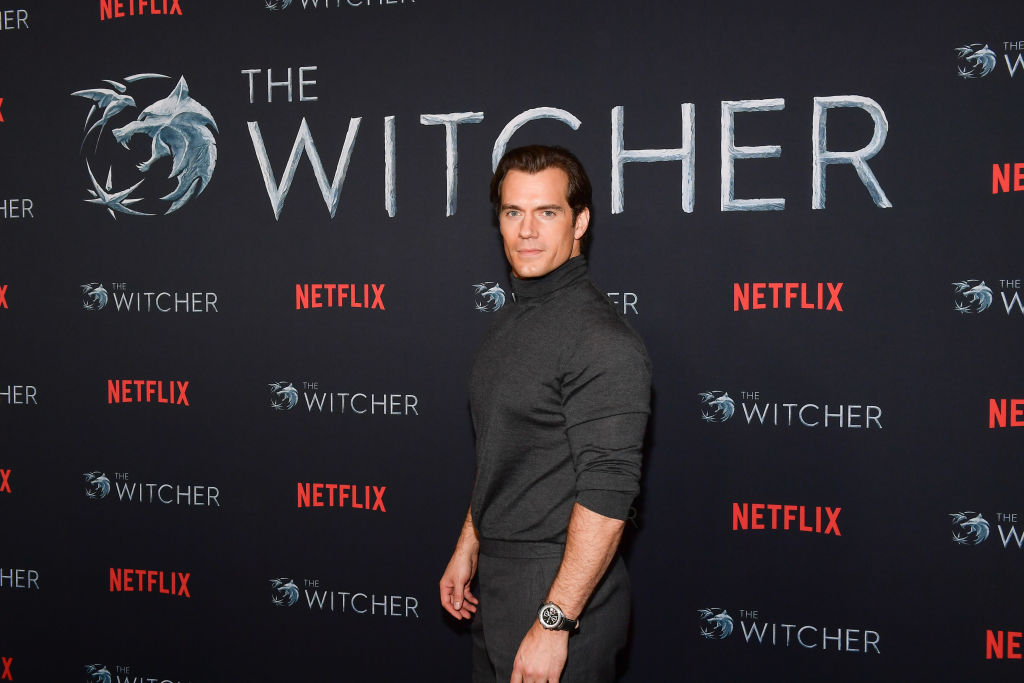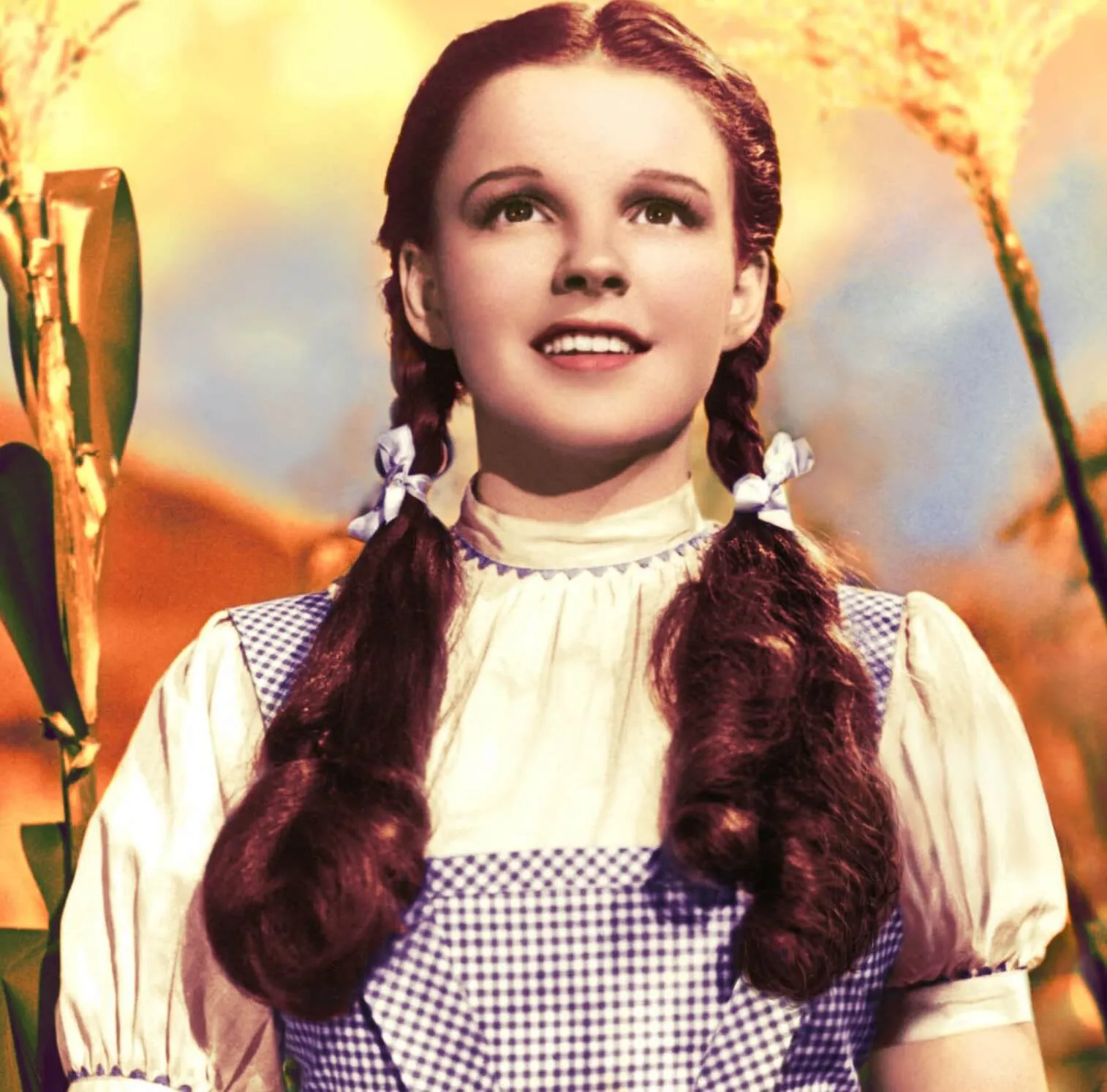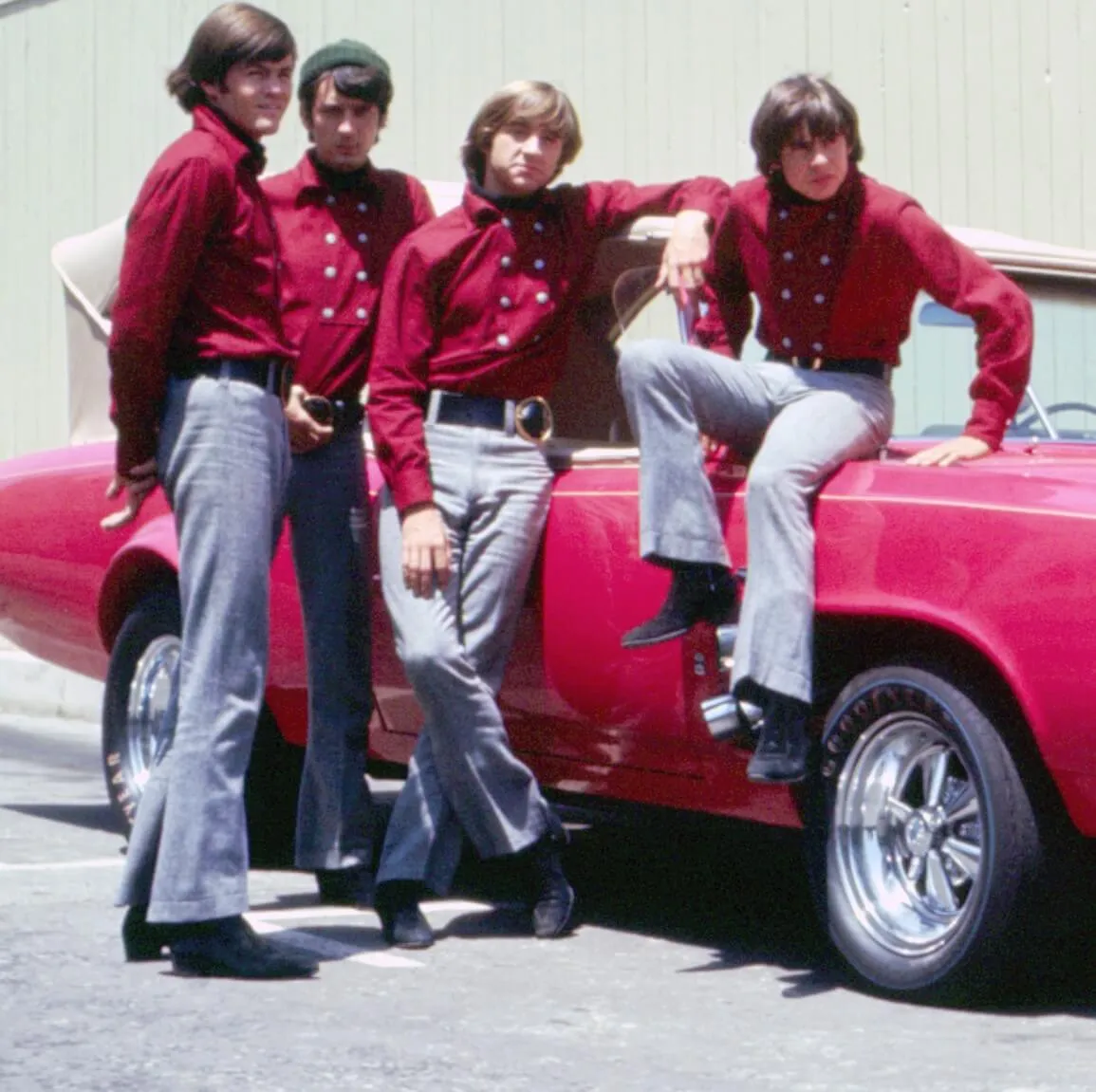Why ‘The Witcher’ Didn’t Explain The Different Timelines
The Witcher, if you’re yet to binge-watch it on Netflix, tells the story of Geralt of Rivia, a Witcher. However, the titular character is not the only person whose adventures viewers follow in the first season. The Witcher also tells the stories of Yennefer of Vengerberg and Cirilla, commonly known as Ciri, of Cintra.
Because of this focus on multiple characters, whose stories are taking place in different times, The Witcher has a few different timelines. This, however, is not fully explained by the show. Yet according to showrunner Lauren Schmidt Hissrich, there’s a reason.
What does showrunner Lauren Hissrich say about the different timelines?

In a post on Reddit, Hissrich describes her “controversial idea” of how to tell the story of The Witcher. She decided to “tell [the stories of the three main characters] in three separate timelines over the first season.” According to an interview with GamesRadar, telling the story this way “started [as]…a solve for a logic problem.” This problem was that she “knew that [she] wanted to start telling the stories based on The Last Wish.”
This book of short stories was Hissrich’s first introduction to the Witcher world. There is a problem, however, at least in Hissrich’s mind, with this book. Hissrich tells GamesRadar “that Yennefer and Ciri aren’t very present in [the short stories]. Ciri, especially, isn’t even born during that time yet.”
Hissrich “wanted to bring their stories up, and [she] wanted to do those stories for Geralt. And it really became very evident that [she] needed to start to play with time a little bit.”
Why weren’t the different timelines in ‘The Witcher’ fully explained?
According to an interview with TheWrap, there is a reason for the timelines in The Witcher not being explained. Hissrich says she “wanted viewers who weren’t familiar with The Witcher to be able to watch the first episode and believe they could be happening on the same timeline.” Hissrich goes on to say that “there’s a couple of hints in the first episode” that tease the timelines.
Yet she “didn’t want to force a viewer, especially a new fan, to be working that hard” on figuring out the timelines. She continues by saying that “It’s sort of as if [fans are] thrown into the deep end already with all the characters and all the places, [she] didn’t want to have to enforce that they were working on different timelines, too.” Hissrich expects that many fans will have figured it out by episode 4. She hopes “people will go back and rewatch and see what other little Easter eggs are planted in there.”
Why viewers are “thrown into the deep end” with ‘The Witcher’
In her interview with TheWrap, Hissrich says that viewers who are unfamiliar with the world of The Witcher will be “thrown into the deep end.” However, Hissrich believes that “is part of the experience of entering a fantasy world.” After all, a fantasy world “is a world that doesn’t resemble ours.”
In a fantasy world, “Nothing is really familiar,” Hissrich says. According to the showrunner, “The most important thing to [her] in Episode 1 is that [viewers] understand what a witcher is.” Hissrich also states that ” things that seem confusing in Episode 1, hopefully, by the time [viewers] get to Episode 2 and Episode 3, [they] go ‘Oh my God, I totally understand what these things are now — but I understand why it wasn’t told to me immediately upfront.’” For Hissrich, “the journey is definitely part of that experience.”


